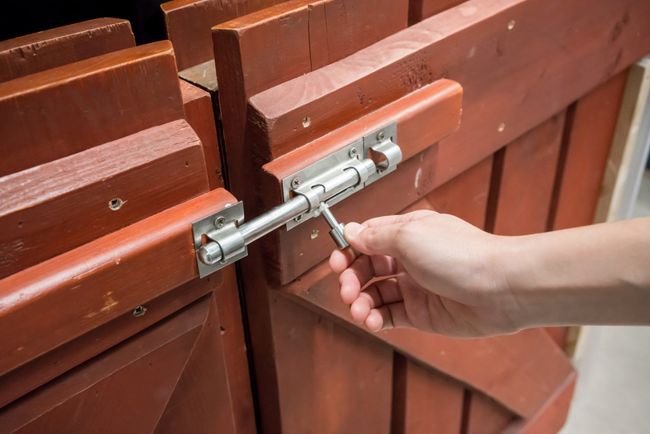Choices In Gate Latches And Hinges
Homeowners often give a lot of thought to the material and style of their fence. They may also think about how they want the gate to work with the fence. However, an important consideration for the gate's design is its latch and hinges. The latch will affect you every single time you use the gate, and the hinges affect the appearance and operation of your gate.
Below are some considerations for choosing the latch and hinges for your gate.
Latch Operating Types
The latch is probably the piece of hardware that will most affect how you interact with your gate. When it comes to the operating mechanism, you can choose between bolt, spring loaded, and gravity.
The bolt latch is the simplest, most budget-friendly option. It operates when you slide the bolt in or out of the catch. Keep in mind, this style of latch might require two hands to operate.
The spring-loaded latch is similar to the bolt in that it features a rod that slides in or out of the catch. However, manufacturers build a spring into the latch to snap the rod into place. Spring-loaded latches are common for in-swinging gates.
A gravity latch is a little more complicated of a style. It features a catch mounted to the fence. The Vshaped catch has a strike plate across the opening. On the gate itself is the latch arm. As you push the gate shut, the latch arm pushes the strike plate, which closes behind it. You push the tab at the top of the strike plate to release the latch arm.
Any style of latch can feature a locking mechanism. Gravity and spring-loaded latches sometimes incorporate a turnkey mechanism. Bolt and gravity latches sometimes feature a way to lock them using a padlock.
Latch Opening Mechanisms
Within those three operating types, you also have some different opening mechanisms. For instance, a ring latch is a possibility for a gravity or spring-loaded latch. The ring latch features a ring on either side of the gate that operates the latch arm. Turning the ring puts the latch arm in motion. A lever latch operates the same way but with a lever instead of a ring.
A very popular model is the thumb latch. This style features a handle with a thumb depressor on the top. When you push the depressor down, it operates the latch on the other side of the gate. The latch is gravity operated.
Simple bolt latches also have a couple opening mechanism options. With some bolts, the manufacturers build a knob into the center to operate the slide. Simpler styles extend the bolt and turn it at a right angle. You use this addition as a handle.
Hinge Types
While the hinges won't have quite as much impact on the daily operation of your gate, they're still important. You have two main styles to choose from.
A simple style are strap hinges, which feature a strap of metal attached to the gate. The strap ends in a circular cover that goes on the hinge pin, which is attached to the fence post. Strap hinges offer you numerous design options because of that length of metal, which can be decorative or minimalist.
For a truly minimalist design, butt hinges are a good option. With this style, the hinge plates are attached to the interior of the fence post and gate. Therefore, when the gate closes, all you see is the pin and cover. Some models can even be painted so they blend into the background.
With butt hinges, you can also choose a spring model. As with the latch, these hinges are spring-loaded, so they automatically close the gate.
Choose a latch and hinges that will best facilitate the operation of your gate and will complement its appearance. Contact us at Gulf Coast Fence Co for all your fencing needs.
Browse Our Website
contact information
Address: 5603 Veterans Blvd. Pascagoula, MS 39581
Phone: 228-769-2677
Fax: 228-896-7764
Email: gulfcoastfenceco@yahoo.com
Business Hours:
- Mon - Fri
- -
- Sat - Sun
- Closed













